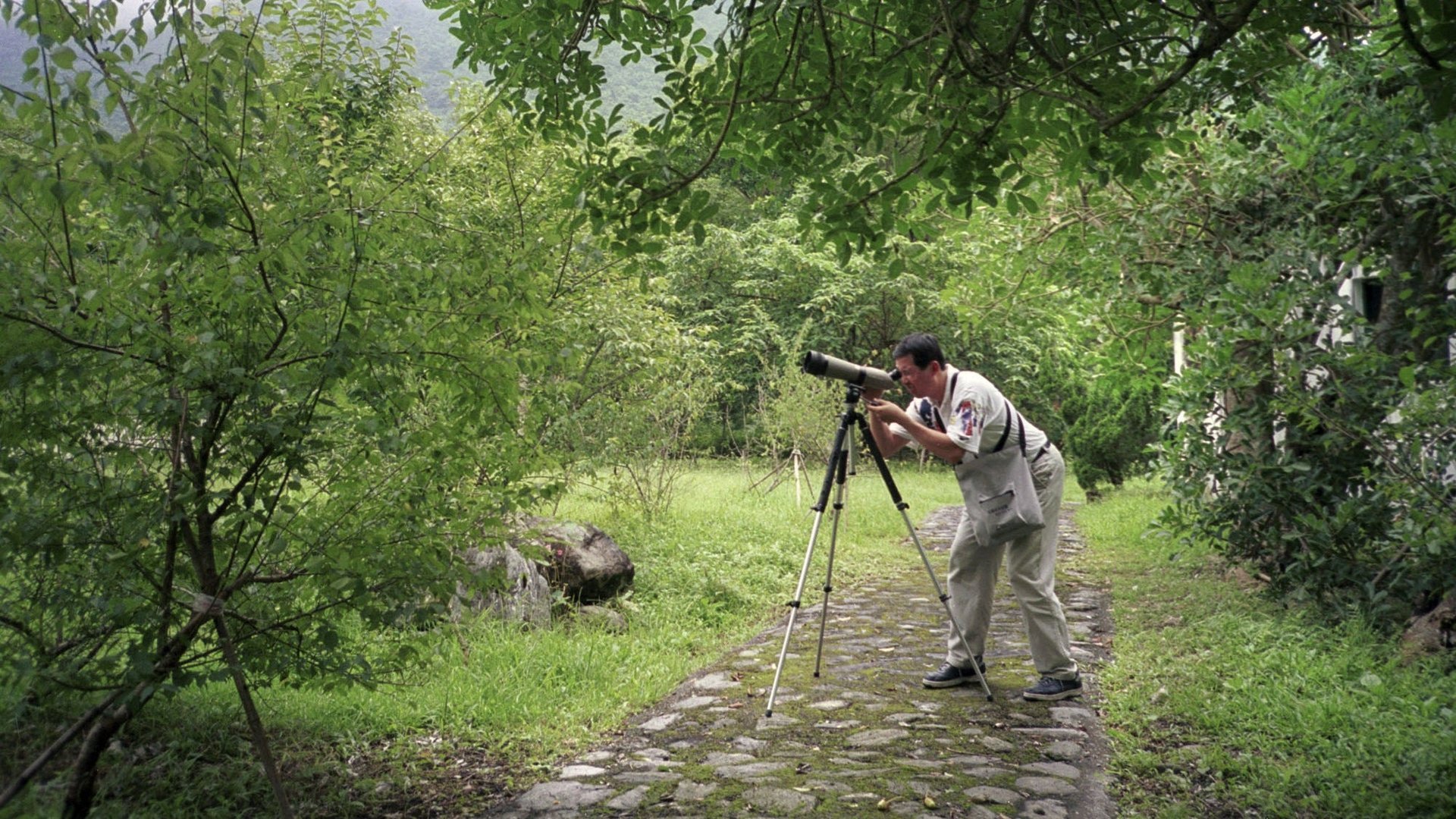This new Google-backed app will identify a bird just from a photo
If you have trouble telling your blue-footed boobies from your black-capped chickadees, there might now be an app for you. Researchers at Cornell University have created one that uses computer vision to identify a species of bird from a single photo.


If you have trouble telling your blue-footed boobies from your black-capped chickadees, there might now be an app for you. Researchers at Cornell University have created one that uses computer vision to identify a species of bird from a single photo.
The Android and iOS app, called Merlin Bird Photo ID, was built by computer vision researchers at Cornell and the California Institute of Technology, along with Cornell’s ornithology department. The app can identify over 400 species of birds found in North America, using a library of over 70 million photos taken by the eBird bird identification database.
Birdwatchers have to jump through a few hoops to find out what bird they saw, but it’s less hassle than carrying a guidebook around everywhere. Merlin users take a photo of a bird, answer a few questions about what the bird generally looked like and where they took the photo, and then draw a box around the bird. Then they have to point out where the bird’s eye, tail and bill are by tapping on the bird. If all goes according to plan, the Merlin app will be able to tell the user what sort of bird they saw, offering up other pictures and even sounds.
“It gets the bird right in the top three results about 90% of the time, and it’s designed to keep improving the more people use it,” Jessie Barry, the Merlin project leader, said in a release.
The app is constantly learning. It figures out how to better identify new photos of birds based on prior tags by birdwatchers, meaning it becomes a better birdwatcher with every new photo added.
Google, which is also researching other computer vision recognition projects, sponsored the Cornell team. Computer vision and machine learning are fields of artificial intelligence that are still in their infancy. While we’re probably pretty far off the travel guide in Hitchhiker’s Guide to the Galaxy, this is an impressive step forward in identifying real-world objects using just computers.
“The state-of-the-art in computer vision is rapidly approaching that of human perception, and with a little help from the user, we can close the remaining gap and deliver a surprisingly accurate solution,” Serge Belongie, one of the Cornell professors working on the project, said in a release.